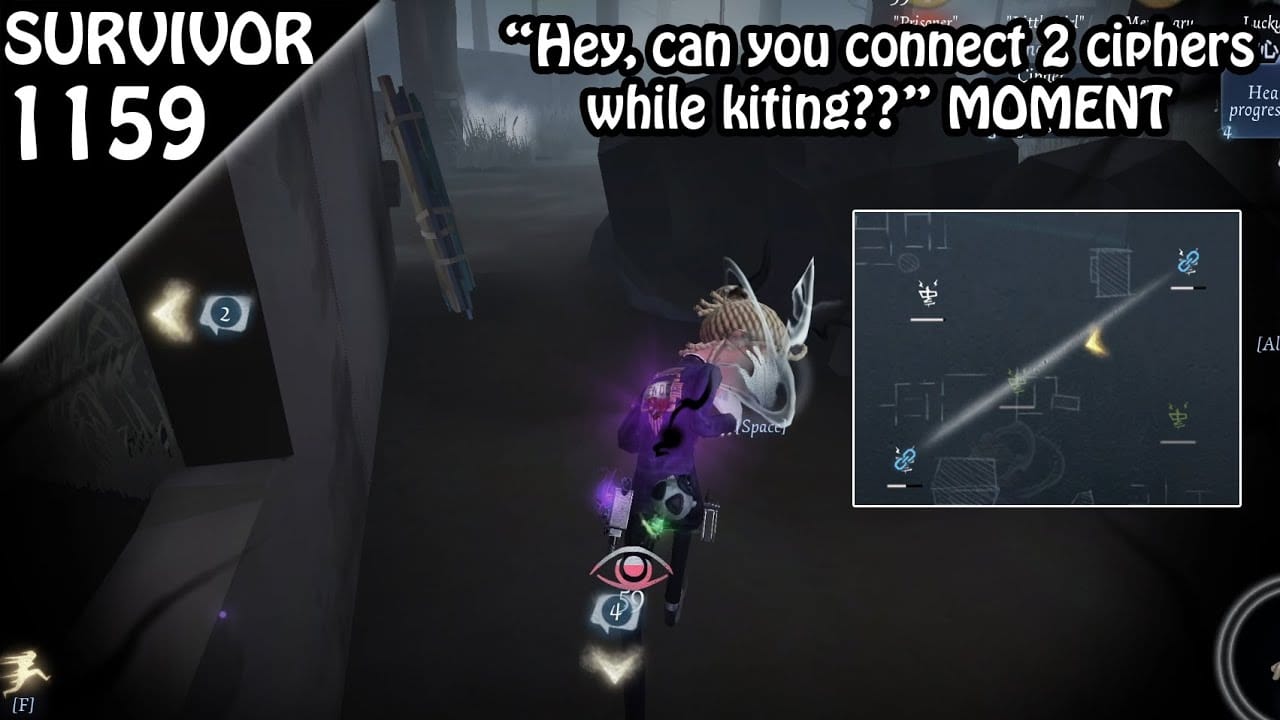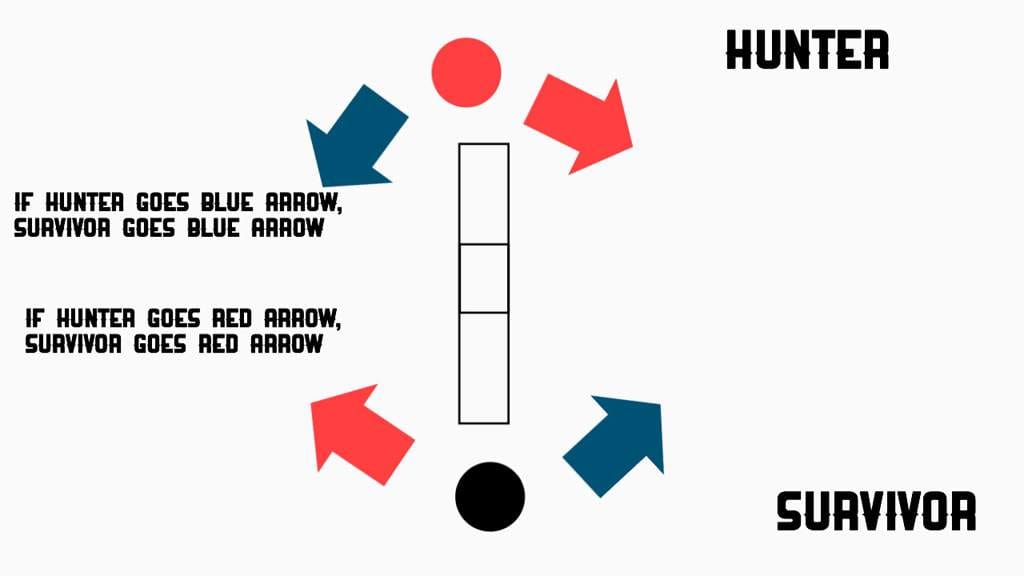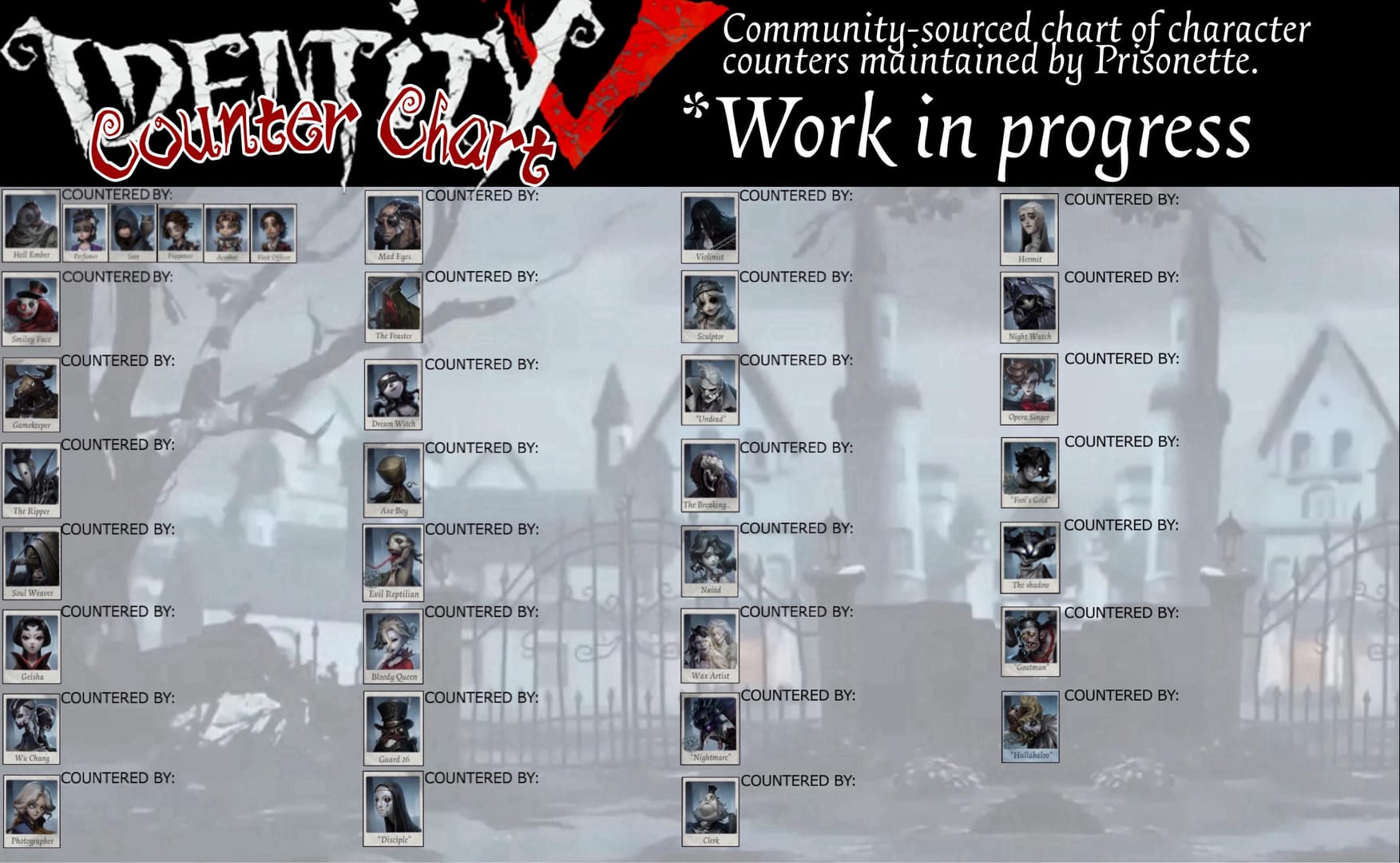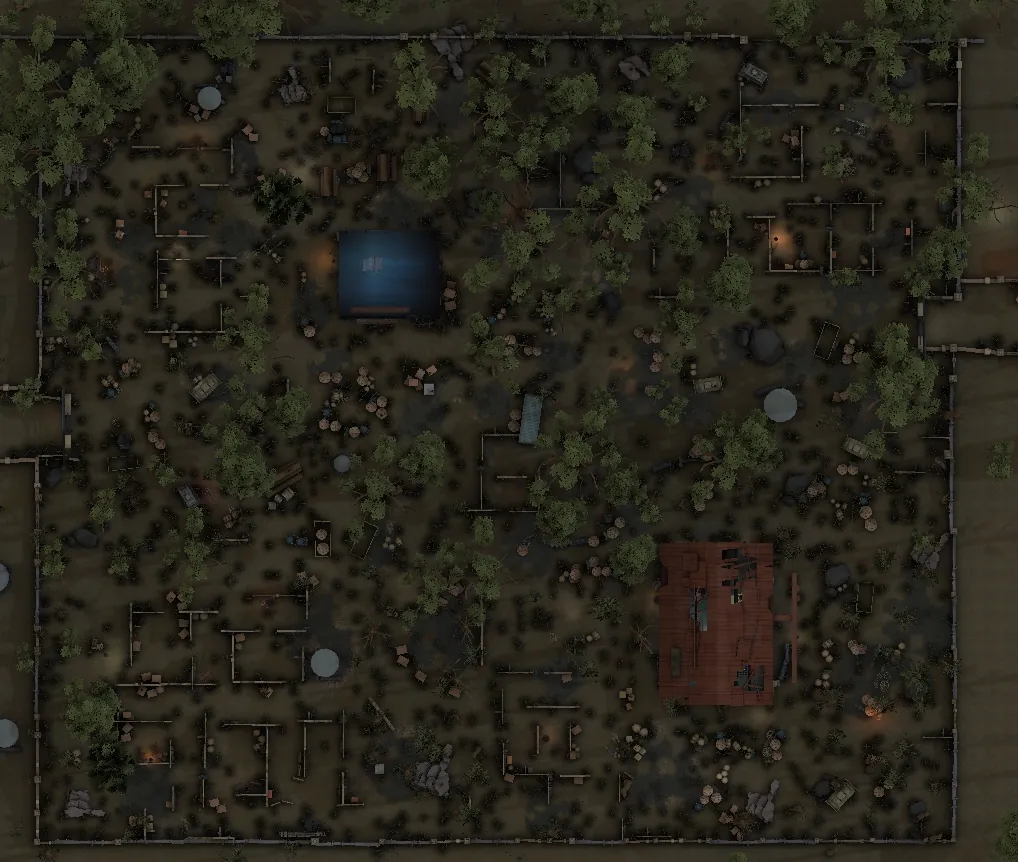Identity V Kiting Guide: Master 81-Second Survival Tactics
Buffget
2025/11/04
Master kiting in Identity V with hunter-specific counters, advanced looping techniques, optimal character selections, and ranked tactics. Learn time stalling methods, map-based route planning, and team coordination to dominate matches and climb tiers.
Getting the Kiting Basics Down
Here's the thing about kiting—it's literally the difference between winning and watching your team crumble. You're buying time while your teammates decode cipher machines, but here's the catch: hunters are faster than you. Always.
So how do you stay alive? It's all about using the environment and getting inside the hunter's head.
Each cipher takes exactly 81 seconds to decode. That's your benchmark. If you can't kite for at least that long, you're not pulling your weight. But don't panic—even veteran players had to start somewhere.

The golden rule? Never run in straight lines. Ever. Keep that camera spinning in third-person view, watching the hunter's every move. Pay attention to the heartbeat intensity—it's your early warning system. When you hit corners, pause for just a split second to see which way they're committing. Trust me, this tiny habit will save your life more times than you can count.
For those looking to step up their game with premium characters, buy Identity V Echoes cheap through Buffget's secure platform—they've got competitive pricing and instant delivery that actually works.
Quick vocab lesson: tight kiting means dancing dangerously close to the hunter using perfect timing (high risk, high reward), safe kiting keeps you at a comfortable distance through big loops, and transitioning is when you bail from one area to another because you've used up all the good stuff.
Looping Like a Pro
Pallet zones are your best friends. But timing those drops? That's an art form. Drop too early and you're wasting precious resources. Drop too late and you'll get terror shocked—which is basically the game's way of saying you messed up.
Center windows are tricky beasts. Vault immediately when the hunter approaches to meet them on the opposite side. If they circle around, loop the other way. If they vault after you, circle back and vault again. It's like a deadly game of ring-around-the-rosie.
Now, Hunter's Shack—this is where legends are made. It's the most reliable looping structure in the game, hands down. Vault that window to meet the hunter head-on, then watch how they try to get in. Door entry? Wait a beat before vaulting out. Following through the window? Exit via the non-pallet door and position yourself at the corner. Save that pallet for when you're truly trapped inside.

Walls with center pallets? Pure gold. Tip that pallet immediately for breathing room. When hunters circle around, loop opposite and camp those corners. I've seen single-location kites last 60-90 seconds with this technique alone.
Hunter-Specific Survival Tactics
Every hunter has their quirks—and their weaknesses.
Hell Ember's puppets can't navigate complex terrain to save their digital lives. Drop pallets early and use obstacles to block line of sight. Those remote puppet attacks look scary, but they're surprisingly limited.

Smiley Face players hate irregular movement. Zig-zag patterns interrupt their rocket dash charges and mess with their momentum. It's oddly satisfying to watch them whiff those attacks.
The Ripper needs high obstacles and constant vaulting to mess with his fog blade placement. Make him guess where you're going—uncertainty is your weapon here.
Game Keeper's hook shots are devastating in straight lines but useless against random vaults and solid cover. Keep those obstacles between you and that hook.
Geisha's dash looks intimidating until you learn the counter: face her directly when the animation starts. It interrupts the dash and gives you precious recovery time.
Bloody Queen and Guard 26 require completely different approaches—frequent position changes for Queen (those mirror attacks are nasty), curved running for Guard 26 to avoid bomb chains.
Map Knowledge That Actually Matters
Arms Factory is the kiting paradise. Compact design, clustered obstacles, heavy fog, tall grass, infinite trees—it's got everything. That corner factory area? Windows, three doors, and pallets that can extend pursuits for 1-2 minutes if you play it right.

Darkwoods offers vertical gameplay with towering trees, platforms, and bridges. The multi-story Hunting Cabin is perfect for complex juking maneuvers, but avoid that toxic river area like the plague—it'll limit your movement options when you need them most.
Leo's Memory brings snowy terrain with excellent pallet distribution. The central factory's vaultable walls and stairs are hunter nightmares. Red Church's Wedding Area with those pews and tombstones? Chef's kiss for detour routes.
Advanced Time Stalling (The Real Deal)
Understanding hunter recovery frames changes everything. When you land a pallet stun, hunters are briefly immobilized—that's your window to gain serious distance. Each successful stun buys your team 10-15 seconds of cipher time.
Plan your transition routes like a chess master. When pallets run low, shift to open-area kiting with unpredictable movement patterns. Here's a pro tip: prime that final cipher at 98-99% completion and sync it with your kiting position for maximum Borrowed Time effectiveness.
Looking to upgrade your survivor roster? Consider Identity V in-game currency top up via Buffget's reliable service—fast transactions and secure payments that won't leave you hanging.
Team Coordination (Because Solo Play Only Gets You So Far)
Quick Messages are your lifeline. Customize those 16 pre-set messages to match your team's strategy. Alert teammates when you're transitioning between areas—accidental hunter encounters are team killers.
Rescue timing follows the 49%/99% rule: rescue before 50% chair progress for extra elimination chances, or wait until 90%+ for maximum time-buying. Body block to the right during rescues, and use Tide Turner's 20-second damage immunity for safe escapes.
Cipher rush coordination demands at least two team members with Tide Turner. Maintain proximity priorities but avoid clustering—multi-survivor targeting is a hunter's dream scenario.
Character Selection (Your Arsenal)
S-Tier survivors dominate for good reason. Antiquarian's Mechanical Flute creates distance and disrupts hunters like nothing else. Priestess provides unmatched mobility through portals—escapes, rotations, and stuns all in one package. Mercenary offers versatile rescue and kiting, absorbing 2 hits with 15-second delayed injury while extending chair time by 30%.

A-Tier options include Prospector for magnetic stuns on metal-heavy maps and Forward for offensive rescue with rugby stuns. Essential talents? Borrowed Time for that 50% health/speed boost during final cipher phases, and Tide Turner for 20-second post-rescue damage immunity.
Ranked Match Reality Check
Ranked operates during specific windows: 4:00-6:00, 12:00-14:00, and 18:00-22:00 server time. The tier system spans six levels with varying divisions—promotion at full stars, demotion at zero. Groups can span maximum two adjacent tiers.
Duo Hunters mode (6:00-12:00, 14:00-19:00, and 21:00-0:00) features 7 cipher machines versus the standard 5. Banned hunters include Dream Witch, Photographer, Undead, Clerk, Goatman, and Hermit—for good reason.
Optimal team comp? Mechanic + Priestess + Mercenary + Seer. Decoding efficiency, mobility, rescue capability, and protection all wrapped up in one devastating package.
Mistakes That'll Tank Your Rank
Unsafe rescues without Tide Turner cause double eliminations faster than you can say oops. Always verify talent loadouts before attempting rescues—it's basic survival.
Leading hunters to cipher locations exposes your decoders unnecessarily. Maintain distance from active decoding areas. And please, stop dropping pallets too early or unnecessarily. Timing is everything, and wasted pallets reduce late-game options.
Coordinate cipher priming to maintain 98-99% completion on final ciphers. Rigid strategies enable hunter adaptation—vary your patterns, timing, and routes to stay unpredictable.
Practice Methods That Actually Work
Custom Mode isn't just for messing around—it's essential training. Study map layouts, memorize obstacle positioning, and practice routes until they're muscle memory. Practice with friends who match your skill level for realistic chase scenarios.
Review match replays religiously. Identify missed opportunities, timing errors, and positioning mistakes. It's painful but necessary.
Skill development timeline? Beginners master basic looping in 2-4 weeks, intermediate players develop hunter-specific strategies over 1-2 months, advanced players refine mind games over 3-6 months. Set measurable goals—minimum kite duration targets and ranked tier advancement timelines keep you motivated.
FAQ
What's the most important kiting skill for beginners? Master basic pallet timing and window vaulting first. Focus on staying calm, avoiding straight lines, and learning to look back while running. Everything else builds from there.
How long should I aim to kite each hunter? Target 60-90 seconds minimum per kite. With 81 seconds per cipher, successful kites enable team victories. Anything less and you're not buying enough time.
Which maps are best for learning kiting? Arms Factory is the most forgiving with abundant obstacles. Darkwoods provides excellent multi-level practice, while Leo's Memory teaches basic loop mechanics without overwhelming complexity.
When should I transition between kiting areas? When current area resources become exhausted or when hunter adaptation makes loops ineffective. Always plan transition routes in advance—panic transitions usually end badly.
What's the difference between tight and safe kiting? Tight kiting involves close-proximity evasion using precise timing—maximum efficiency but requires perfect execution. Safe kiting maintains larger distances through extended loops. Both have their place.
How do I coordinate kiting with team cipher progress? Use Quick Messages to communicate hunter position and kiting status. Monitor cipher progress and adjust kiting intensity accordingly—extend kites when ciphers near completion, transition when team needs repositioning time.

